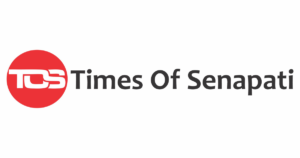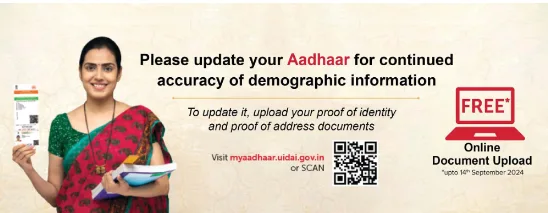Aadhaar, the world’s largest biometric identification system, managed by the Unique Identification Authority of India (UIDAI), is a cornerstone of India’s digital identity infrastructure. Launched in 2009, Aadhaar provides each Indian resident with a unique 12-digit identification number linked to their biometric and demographic information. However, maintaining accurate and current data for more than a billion residents is a complex task, especially as demographic details such as address and phone number change over time. This is where the Aadhaar Periodic Demographic Update plays a crucial role.
The Aadhaar Demographic Update is an initiative by UIDAI to ensure that the demographic information (name, address, date of birth, gender, mobile number, and email) linked to an individual’s Aadhaar remains up-to-date. It allows residents to make necessary corrections or updates to their Aadhaar profile periodically, ensuring that their records reflect any changes in their personal details.
As per the official website of UIDAI, demographic update will be free of charge till 14th of September, 2024 after which a nominal fee may levied for the update Online: Self-Service Update Portal (SSUP) for uploading relevant documents. And for offline: Aadhaar Enrollment Centers across India offer offline services to update all available demographic details. Residents can book appointments or walk into these centers with the necessary documents to request updates.
Regular updates help in keeping the Aadhaar database accurate and relevant, which is essential for the smooth functioning of various Aadhaar-linked services like subsidies, financial transactions, and government schemes. The update is particularly significant for details like mobile numbers and addresses, which often change over time.
The importance of Aadhaar Demographic Updates are defined as follows:
- Avoiding Service Disruption:
Many government schemes, subsidies, and banking services are directly linked to Aadhaar. Having up-to-date Aadhaar information ensures that individuals do not face issues accessing these services. For example, an outdated mobile number may prevent an individual from receiving OTPs (One-Time Passwords), which are often required for financial transactions or accessing online services.
- Addressing Life Changes:
Over time, individuals may experience significant life changes such as moving to a new city, getting married (resulting in a change of name), or updating a mobile number. The demographic update process allows residents to reflect these changes in their Aadhaar record.
- Error Rectification:
During the initial enrollment, some individuals might have faced errors in data entry, especially in their names or addresses. The demographic update feature provides an opportunity to rectify these mistakes, ensuring the Aadhaar data remains accurate.
- Data Accuracy for Policy Making:
An up-to-date Aadhaar database benefits the government by enabling more effective policy formulation and implementation. Accurate demographic data helps the government allocate resources, deliver targeted services, and create better social welfare schemes.
The Aadhaar Demographic Update system is vital for maintaining the accuracy and relevance of Aadhaar data. It ensures that the unique identification system remains reliable and continues to serve its purpose in delivering services efficiently to the masses. By allowing residents to update their personal details regularly, Aadhaar strengthens its role as a trusted and up-to-date identity mechanism for India’s growing digital economy.
In a country as large and diverse as India, periodic updates to Aadhaar’s demographic data are essential for sustaining the integrity of the system. As more services become Aadhaar-enabled, keeping Aadhaar information current will be critical for both individuals and the government.
For more details information visit UIDAI official website.



Special thanks to @Times Of Senapati for publishing public welfare information on Aadhaar-linked services like subsidies, financial transactions, and government schemes.